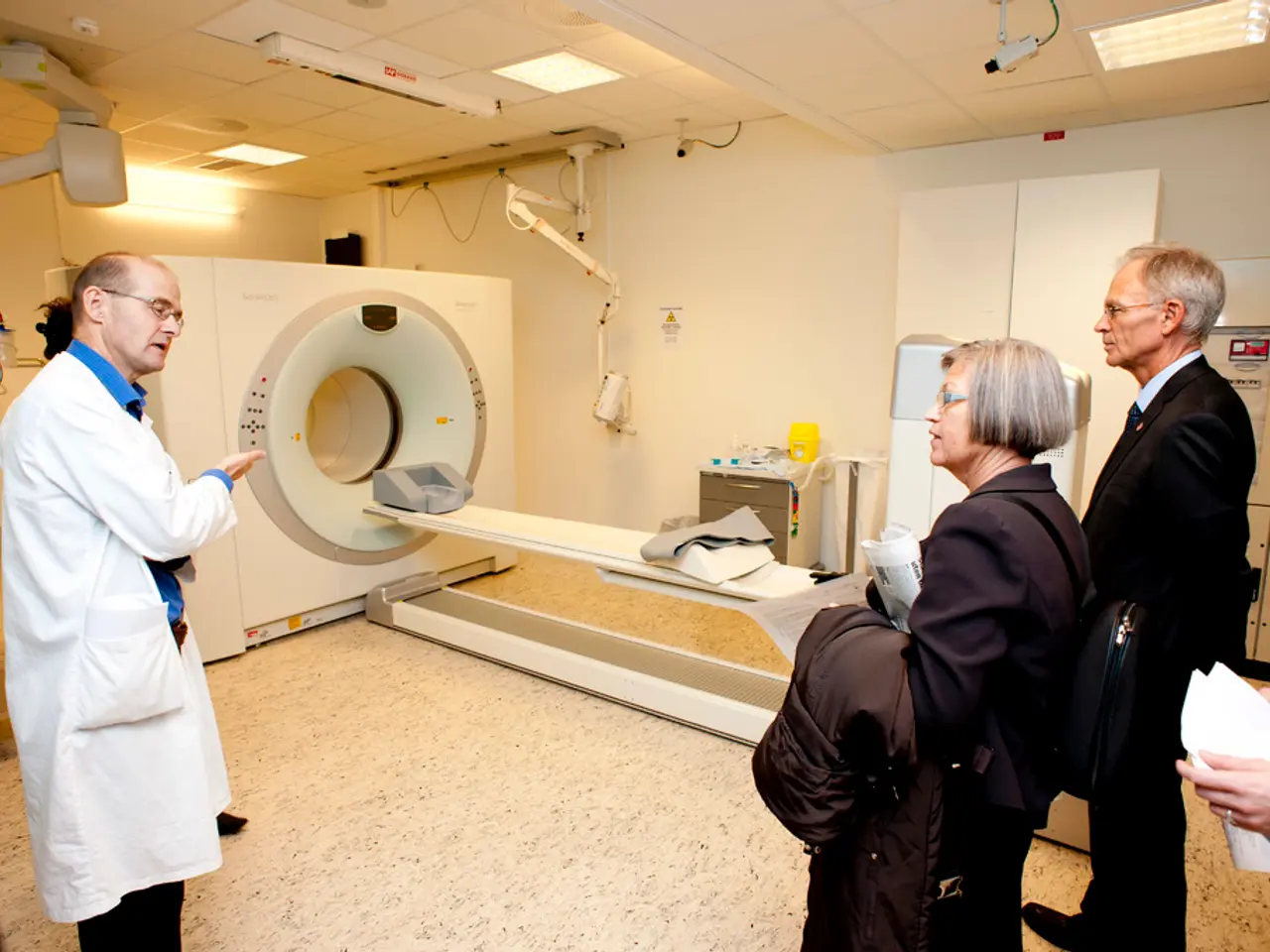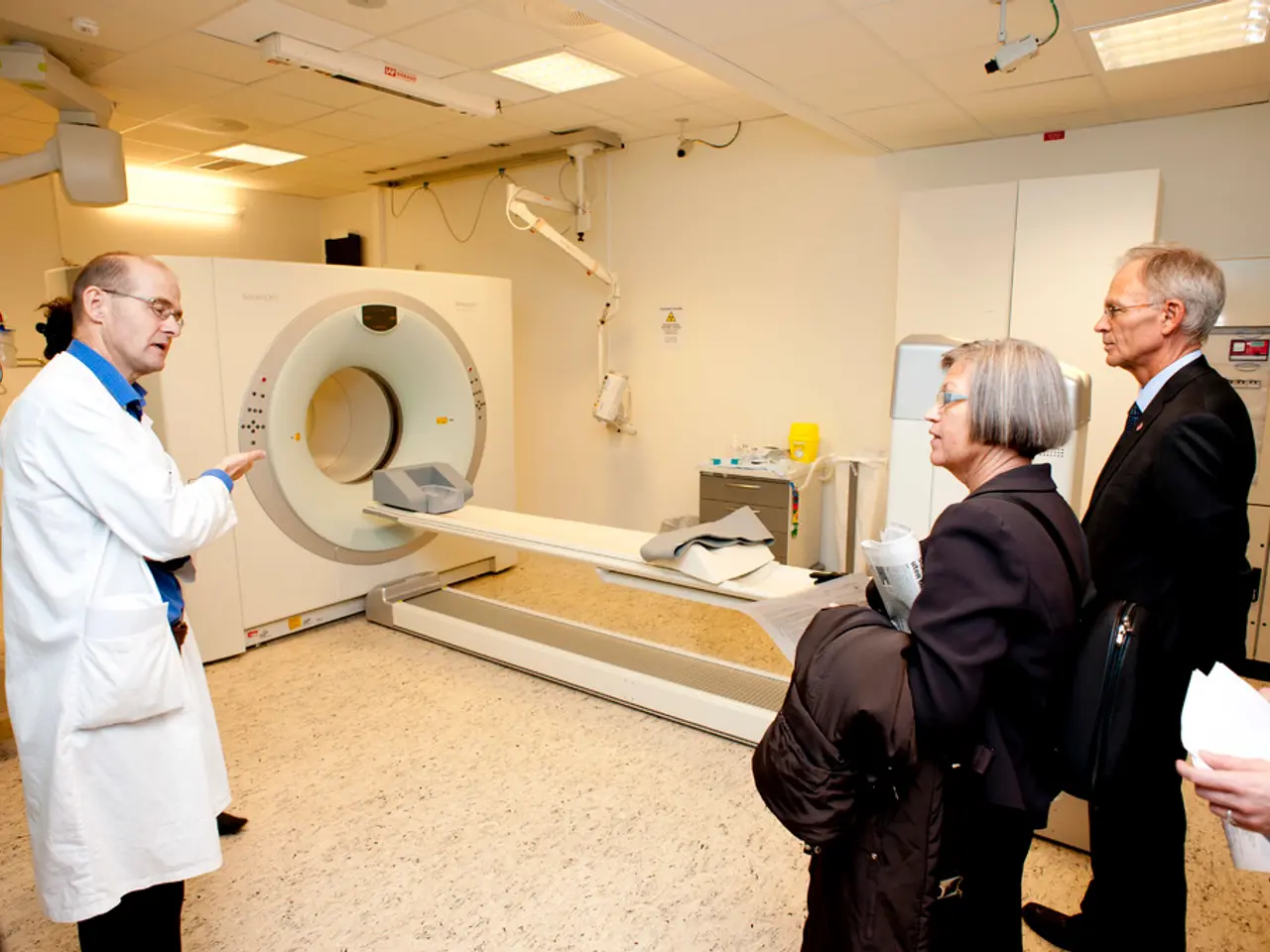Doctors overlook crucial details due to excessive information, according to a recent study.
A recent study published in the JAMA Internal Medicine journal has shed light on the issue of excessive automated alerts in electronic health record (EHR) systems and their potential impact on doctors' ability to focus on critical information.
The study, which surveyed 2590 doctors working in hospitals run by the US Department of Veterans Affairs, found that on average, these doctors receive 63 automated alerts from EHR systems every day. However, it's important to note that the study does not provide evidence that all doctors experience the same level of information overload.
The study also did not indicate a direct link between information overload and missing important reports. Instead, it found that the perception of information overload, not the volume of alerts, is associated with missing reports. In fact, almost a third (29.8%) of the surveyed doctors have personally missed results that led to care delays.
To address this issue, key strategies include prioritizing and tailoring alerts, routing non-urgent or redundant alerts away from physician inboxes, implementing intelligent filtering and customization of alert parameters, employing user-friendly EHR interfaces combined with AI-driven automation and voice-to-text technology, regularly reviewing and refining alert systems, and automating data cleansing and anomaly detection.
By developing processes that prioritize and tailor notifications to organizational and physician preferences, reducing redundancy and triaging only the most relevant alerts directly to physician EHR inboxes, doctors can manage and reduce excessive automated alerts. The use of advanced technologies, such as machine learning, can help improve data quality, indirectly reducing false or low-value alerts. Enhancing EHR design with AI and intuitive UX can help focus physician attention on high-priority alerts, while coordination with clinical leadership is critical to successful alert management policies that fit care workflows without compromising safety.
It's worth noting that the study did not specify particular commercial software solutions. However, the combination of workflow integration, clinical prioritization, data quality management, and user-centered design forms a comprehensive framework to address alert fatigue in EHR systems.
The study findings imply that personal preferences and perceptions may play a significant role in managing alert volumes. Approximately 70% of the surveyed doctors said they receive more alerts than they can manage. More than half (56%) of the surveyed doctors believe their EHR systems make it possible to miss important reports.
While the study does not suggest that reducing the number of alerts would necessarily prevent doctors from missing important information, it does highlight the need for a more effective approach to managing alerts within EHR systems. By implementing these strategies, doctors can improve their attention to important information, ultimately enhancing patient care.
- The study in JAMA Internal Medicine journal emphasizes the need for technology, such as AI-driven automation and voice-to-text, to improve EHR interfaces, focusing on prioritizing and tailoring alerts to reduce the perceived information overload.
- In the realm of health-and-wellness, including mental health, the study indicates that excessive automated alerts can lead to the missswing of critical reports, suggesting a link between workplace-wellness and medical-conditions.
- To combat this issue, strategies like implementing intelligent filtering, customization of alert parameters, and data cleansing are essential, aiming to improve the quality of information and reduce false alerts, thereby enhancing the overall science and practice of medicine.




